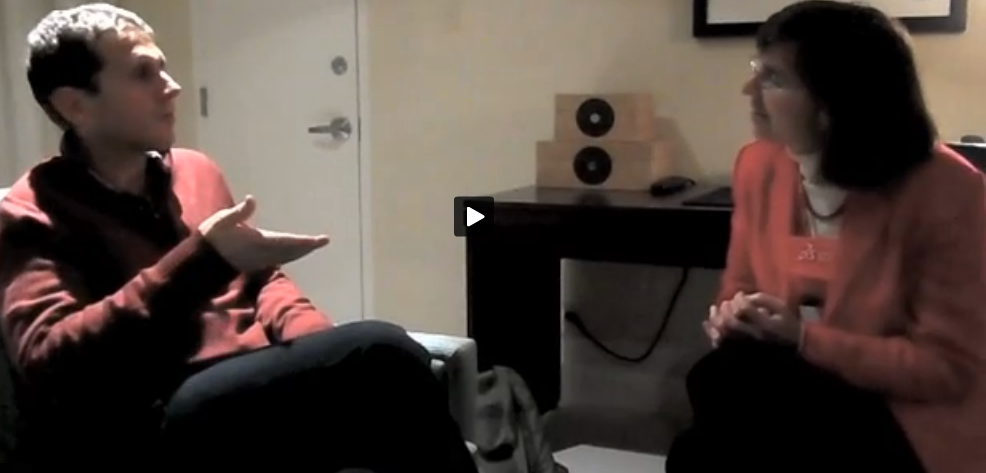Jul19
Sustainable New Product Development
Point: Make sustainability decisions at the start of new product development.
Story: “Seventy-five to 90 percent of a product’s environmental impact is determined in the product development stage,” says Kevin Myette, director of product and supply chain sustainability at outdoor gear and clothing retailer REI (Recreational Equipment Inc.).
Given that fact, it’s extremely important for product designers to have access to information about the sustainability of materials when making decisions about which materials to use for new products.
For example, which do you think is environmentally more damaging: wool or polyester? Intuition might point you to rank wool as the more sustainable product, because it is natural. But, the processing of wool uses chemical washes, and wool as a material in apparel requires much more washing and energy use after purchase. Thus, although polyester uses more energy during manufacture, its lifetime energy usage is lower. Even better, polyester can be recycled. Nike used this information to design uniforms made from recycled polyester for the 2012 European Cup soccer championships, thus earning them high marks on sustainability.
A tool that’s helping the apparel industry with this problem is called the Higg Index, which lets manufacturers and brands score the environmental impacts of their garments across the apparel life cycle (materials, manufacturing, packaging, transportation, use, and end-of-life).
Getting industry-wide agreement on the metrics has been key. “As our CEO says, ‘sustainability is a team sport,'” Myette told me. “We’ve been working collaboratively with partners and competitors alike, pre-competitive, to develop the language and metrics of sustainability.”
Internally, to help its product designers make the right choices, REI implemented a product lifecycle management system that gives its designers a dashboard view of how materials rank across the lifecycle for sustainability.
Myette is encouraging REI’s suppliers to use the system, as well using a dyeing process that requires no water and using patterns that minimize scrap waste. “Five percent of our landfills are just textiles, apparel,” Myette says. Avoiding scrap material and encouraging recycling of apparel is vital for reducing this waste. Few consumers know that it takes 10 times more energy to produce textiles than to produce glass. Greater awareness could spur consumers to demand retailers offer recycling of their synthetic fabrics.
Action
- Think about sustainability before you design the product, not just after you have the product and want the best suppliers
- Consider the entire lifecycle of the product:
— your suppliers’ footprint for the raw materials
— your footprint of your production processes (and customer services, too)
— your customers’ footprint when using your product
— the recyclability/reusability of the end-of-life product (and any scrap produced along the way)
- See if your industry has something like the Higg Index. And if not, help create one!
- Think holistically — perhaps something that seems unsustainable (e.g., fossil-fuel-derived polyester) might be best if it enables greater sustainability in other parts of the system (e.g., washing, dying, end-of-life recyclining)
- Finally, keep looking for improvements, such as bacteria that can make biodegradable polyester
Sources:
Personal interview with Kevin Myette
Higg Index: http://www.apparelcoalition.org/higgindex/
Bacteria: http://www.asknature.org/strategy/aafff01c6748d9169047522c11c0280a
Note: this post originally appeared in the Huffington Post: Mitigating Environmental Impact of Apparel: REI http://www.huffingtonpost.com/andrea-meyer/mitigating-environmental-impact-apparel_b_2253103.html?utm_hp_ref=tw
Comments Off on Sustainable New Product DevelopmentCase study, How-to, Innovation, New Product Development











